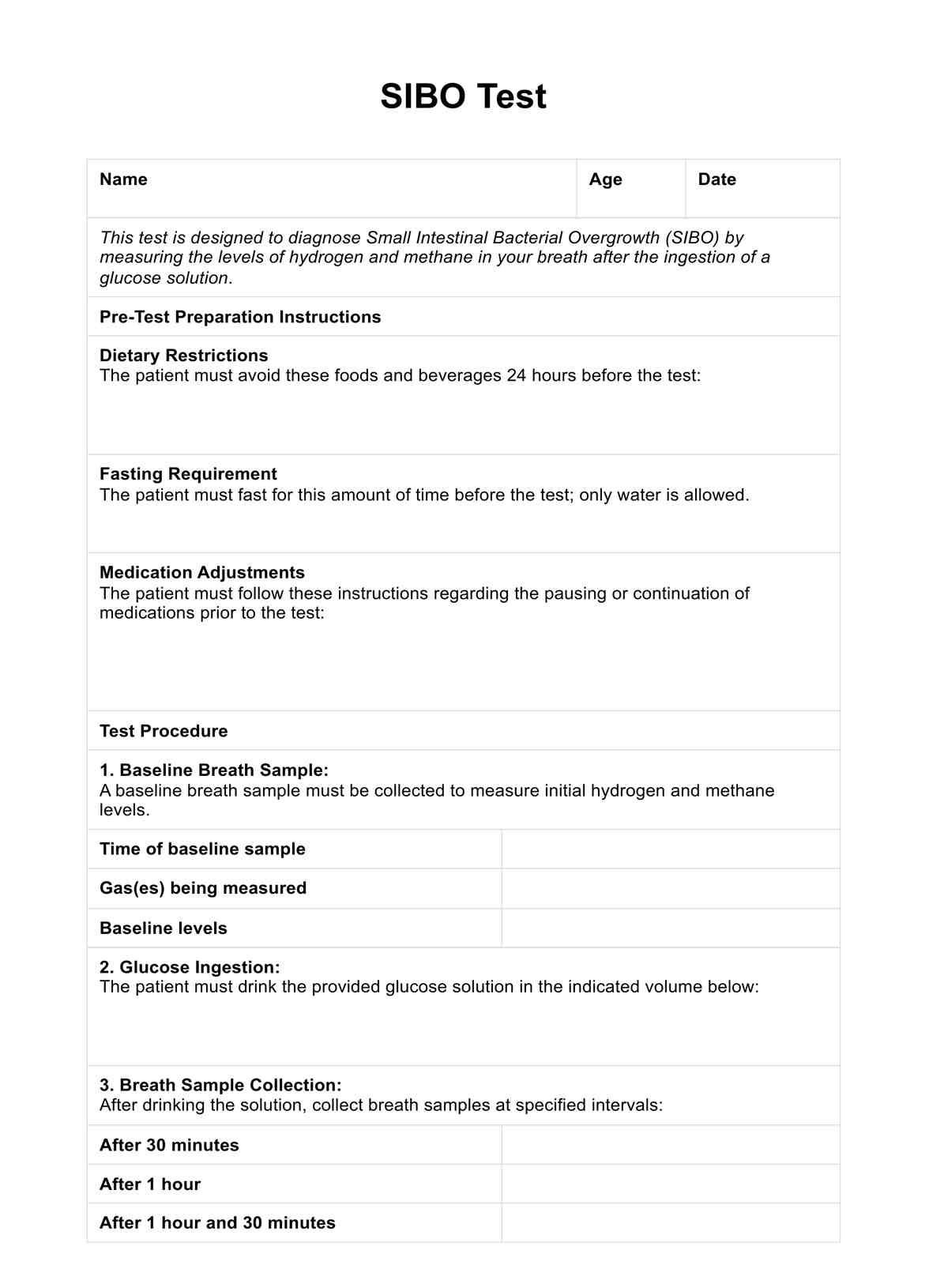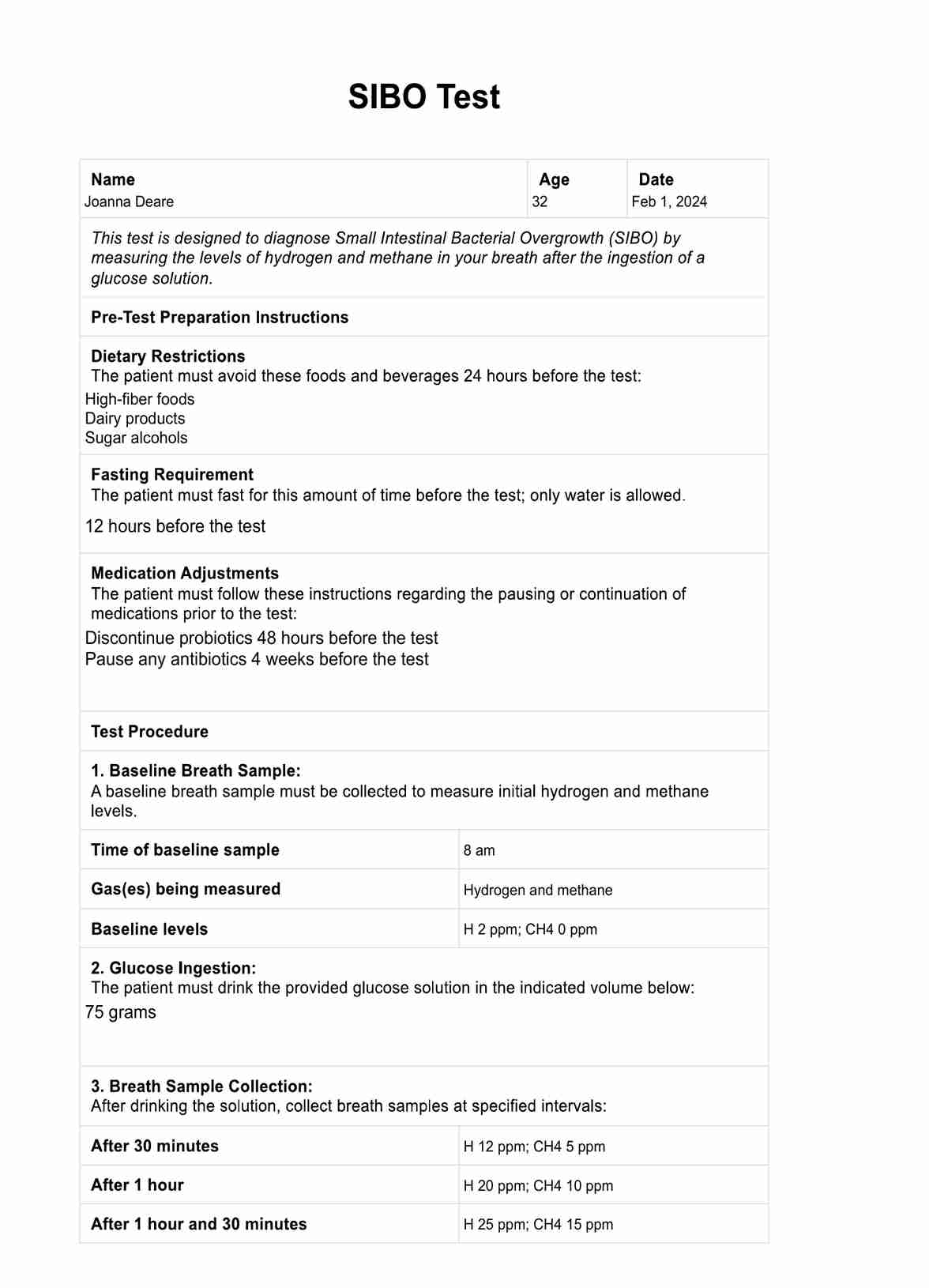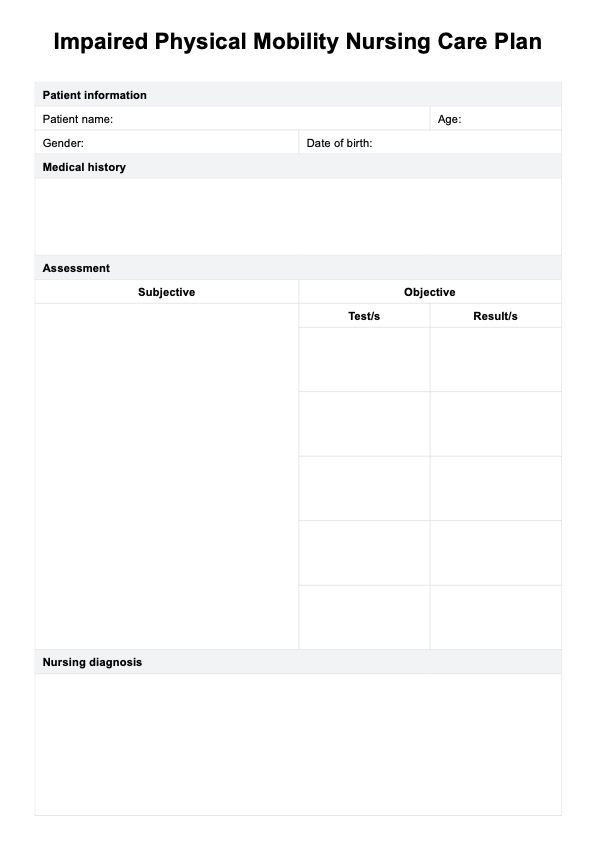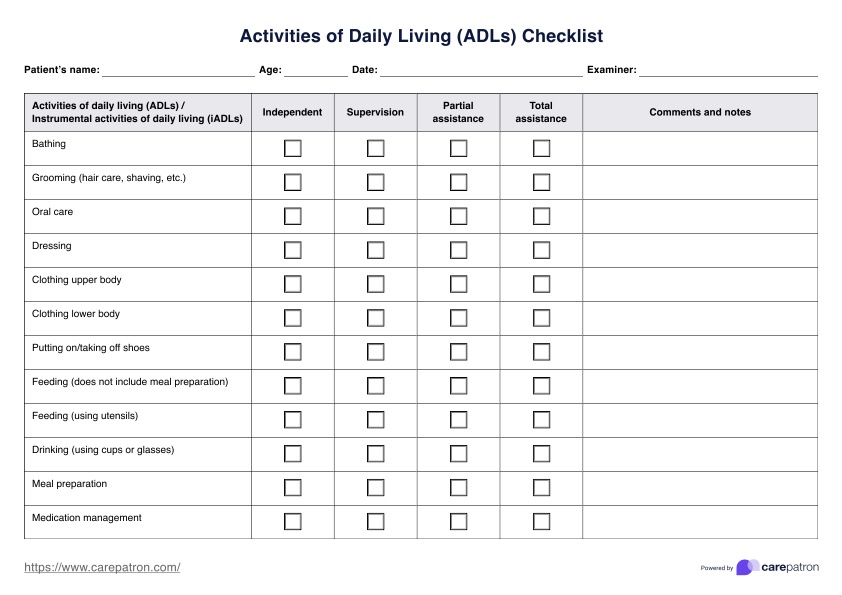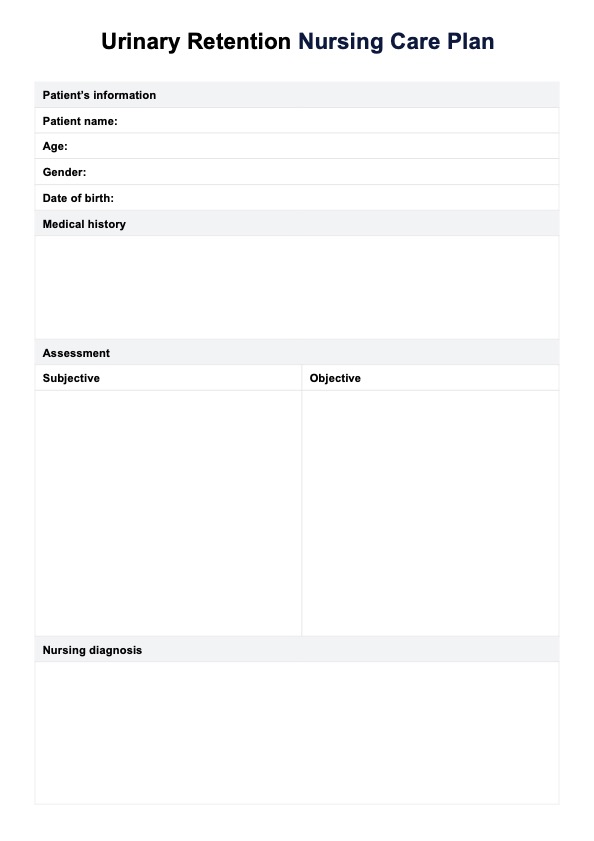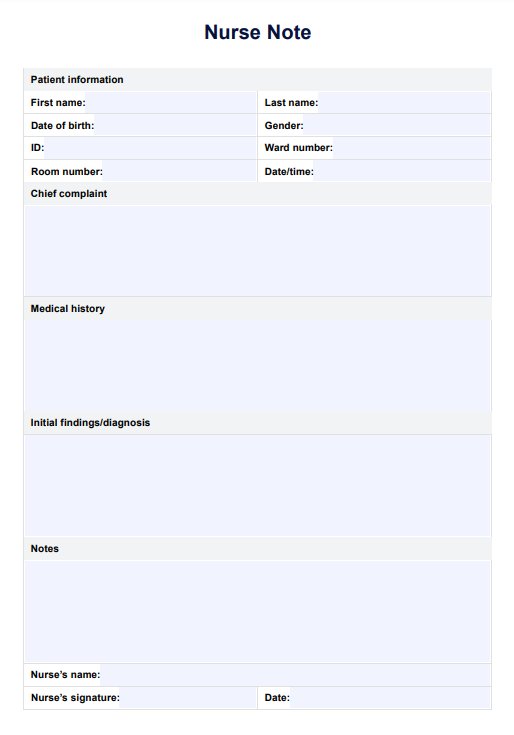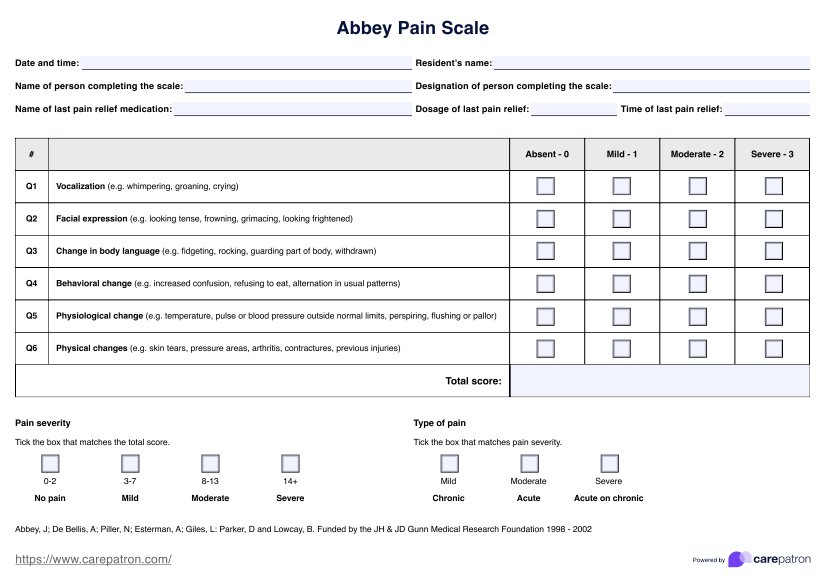SIBO Test
Discover how to diagnose and manage Small Intestinal Bacterial Overgrowth with our comprehensive SIBO Test Template, designed for healthcare professionals.


What is small intestinal bacterial overgrowth (SIBO)?
Small Intestinal Bacterial Overgrowth (SIBO) occurs when there is an abnormal increase in the number of small intestine bacteria, especially bacteria not commonly found in that part of the digestive tract. This condition can disrupt the normal absorption and digestion of food, leading to various symptoms and nutritional deficiencies.
What are the causes of SIBO?
SIBO can be caused by several factors that disrupt the normal movement of food through the intestines, known as motility. These include structural issues from surgeries or diseases that slow down transit time, conditions that affect the muscles or nerves of the gut, such as diabetes or scleroderma, and the use of medications that affect gut motility, including opioids. Additionally, conditions that affect the immune system can make individuals more susceptible to SIBO.
What are the symptoms of SIBO?
Symptoms of SIBO can vary widely but often include abdominal pain, bloating, gas, diarrhea, and constipation, mirroring conditions like irritable bowel syndrome. Because the overgrowth of bacteria can interfere with nutrient absorption, symptoms can also include weight loss and signs of vitamin and mineral deficiencies, such as anemia and fatigue. The severity of symptoms can fluctuate, and they are often similar to those of other gastrointestinal disorders, making SIBO challenging to diagnose based solely on symptoms.
SIBO Test Template
SIBO Test Example
How is SIBO diagnosed?
Diagnosing SIBO requires carefully integrating patient history, symptom evaluation, and specific diagnostic tests. The mainstay methods for identifying SIBO include:
Glucose breath tests
Glucose breath tests are pivotal in diagnosing SIBO, offering a non-invasive and straightforward method to detect abnormal breath test gas patterns produced by bacteria. The patient consumes a sugar solution during a breath test, typically a glucose breath test. The test measures hydrogen, methane, and sometimes hydrogen sulfide gas in the breath at intervals after ingestion, looking for distinct breath test patterns indicative of SIBO. Elevated levels of these gases suggest bacterial overgrowth, as they are byproducts of bacterial fermentation of the glucose solution.
Methane-based breath testing
Methane-based breath testing, a subset of breath tests, specifically measures methane gas levels. Some individuals harbor intestinal bacteria that produce methane, slowing intestinal motility and contributing to constipation-predominant SIBO.
Hydrogen sulfide gas test
Recent advancements in breath testing include measuring hydrogen sulfide gas, which some bacteria produce. This type of testing can offer more comprehensive insights into the gas profiles associated with SIBO.
Lactulose breath test
This works like the glucose breath testing, but the solution contains lactulose instead of glucose. Unlike glucose, lactulose is not absorbed until it reaches the large intestine. Lactulose breath tests can help pinpoint where overgrowth is occurring. A rise in gas levels earlier than expected suggests SIBO, as the lactulose has encountered excessive bacteria in the small intestine.
Blood tests
While not directly diagnosing SIBO, blood tests can uncover nutritional deficiencies, such as low levels of vitamin B12 or signs of anemia, that may hint at the presence of SIBO.
Jejunal aspirate and culture
Jejunal aspirate and culture, though invasive, is considered the gold standard for confirming SIBO. This procedure involves endoscopically obtaining a fluid sample from the small intestine to culture for bacteria, directly assessing bacterial overgrowth.
Imaging tests
Imaging tests can identify structural abnormalities in the GI tract that might contribute to SIBO. These abnormalities could include narrowing of the intestines (strictures), adhesions, or other issues affecting bowel motility, potentially leading to bacterial overgrowth.
To tailor appropriate treatments, diagnostic strategies for SIBO aim to accurately identify the condition using a combination of symptoms and test results, including breath testing for hydrogen, methane, and hydrogen sulfide gases.
How to use the SIBO Test template
Implementing the SIBO Test Template streamlines diagnosing small intestinal bacterial overgrowth (SIBO). Here’s a simplified guide for healthcare professionals:
Step 1: Access and explain the template
First, access the SIBO Test Template on the Carepatron app. Clearly explain its purpose to the patient, focusing on the importance of the glucose breath test for detecting hydrogen and methane gases, which indicate SIBO.
Step 2: Guide through pre-test preparation
Walk the patient through pre-test preparations, including dietary restrictions and fasting requirements. Ensuring they understand these steps is crucial for the test's accuracy.
Step 3: Breath sample collection and record observations
After drinking the glucose solution, collect breath samples at specified intervals to monitor gas levels over time. Ask patients to note symptoms like bloating or discomfort during the test, providing valuable insights alongside breath test results.
Step 4: Interpret results and provide analysis
Analyze the breath test data using the template's 'Interpreting Results' section. An increase in gas levels suggests SIBO. Combine this data with patient symptoms for a comprehensive analysis. Summarize findings and recommendations in the healthcare professional's notes section.
This concise approach ensures efficient use of the SIBO Test Template, facilitating accurate SIBO assessment and enhancing patient care.
How do you interpret the results of this SIBO Test?
Interpreting breath test results is crucial for diagnosing Small Intestinal Bacterial Overgrowth (SIBO) and formulating an effective treatment plan. The "Interpreting Results" section of the SIBO Test Template provides a structured guide for healthcare professionals and patients. Here’s how to interpret the results:
- No increase in gas levels: If there's no significant increase in hydrogen or methane levels in the breath samples compared to the baseline, it suggests that SIBO is less likely. This indicates that the bacteria in the small intestine are not producing excessive gas from the glucose solution.
- Increased gas levels: An increase in hydrogen or methane levels, significantly more than 20 parts per million (ppm) over the baseline within 90 minutes after ingesting the glucose solution, indicates SIBO. This shows that bacteria in the small intestine ferment the glucose and produce gas.
- Decreased levels: A decrease in gas levels is unusual and warrants further evaluation. It may suggest incorrect test administration or other digestive issues that do not relate to SIBO.
- Symptom correlation: Alongside gas level measurements, correlating any symptoms noted during the test, such as bloating, discomfort, or nausea, with the breath sample results is essential for a comprehensive diagnosis. Symptom exacerbation following glucose ingestion often supports a SIBO diagnosis.
The "Interpreting Results" section of the template is designed for easy reference, guiding healthcare professionals and patients through understanding test outcomes. It emphasizes the importance of a holistic approach, considering both quantitative data from breath tests and qualitative symptom reports for accurate SIBO diagnosis.
How is small intestinal bacterial overgrowth (SIBO) treated?
Treating Small Intestinal Bacterial Overgrowth (SIBO) involves a multi-faceted approach aimed at reducing bacterial overgrowth, alleviating symptoms, and addressing any underlying conditions contributing to the imbalance. Here are the primary strategies for managing SIBO:
- Antibiotics: The cornerstone of SIBO treatment involves using specific antibiotics to reduce bacterial overgrowth. The choice of antibiotic, such as rifaximin, may depend on the breath test results, particularly the types of gases produced.
- Dietary modifications: Dietary changes can help manage SIBO symptoms and prevent recurrence. A low-FODMAP (fermentable oligosaccharides, disaccharides, monosaccharides, and polyols) diet, which limits foods that can ferment in the gut, is often recommended. Sometimes, a more specific diet, like the SIBO-specific or the elemental diet, may be suggested.
- Probiotics: Adding probiotics can help restore a healthy balance of gut bacteria. However, probiotics in SIBO treatment are tailored to the individual, as certain strains may be more beneficial than others.
- Herbal remedies: Herbal antibiotics and other natural supplements, such as oregano oil, berberine, and garlic, have been used to treat SIBO. Their effectiveness can vary, and they should be used under the guidance of a healthcare professional.
- Motility agents: For patients with motility issues contributing to SIBO, prokinetic agents may be prescribed to help ensure proper movement of food and waste through the gastrointestinal tract, preventing stasis and bacterial buildup.
- Addressing underlying causes: It's crucial to identify and treat any underlying conditions that may contribute to SIBO, such as structural abnormalities in the small intestine, previous surgeries, or diseases affecting gut motility.
- Ongoing management: SIBO can recur, so long-term management strategies, including periodic retesting, dietary modifications, and lifestyle changes, are often necessary to maintain gut health and prevent future episodes.
Treatment for SIBO should be comprehensive and individualized, considering the patient's specific symptoms, test results, and overall health. Collaboration between patients and healthcare professionals is essential for effectively managing SIBO and improving quality of life.
Commonly asked questions
Doctors commonly use breath testing, such as the glucose breath test or methane-based breath testing, to diagnose SIBO. These tests measure levels of hydrogen, methane, or hydrogen sulfide gas in the breath after the patient consumes a specific sugar solution.
Early signs of SIBO include abdominal pain or discomfort, bloating, gas, diarrhea, and constipation. Some individuals may also experience weight loss and malnutrition.
While professional diagnosis is recommended, a home version of the SIBO breath test is available. It involves drinking a glucose solution and measuring breath gas levels over a few hours, similar to clinical breath tests. Being able to do SIBO breath tests at home allows for easier management of recurring cases.


